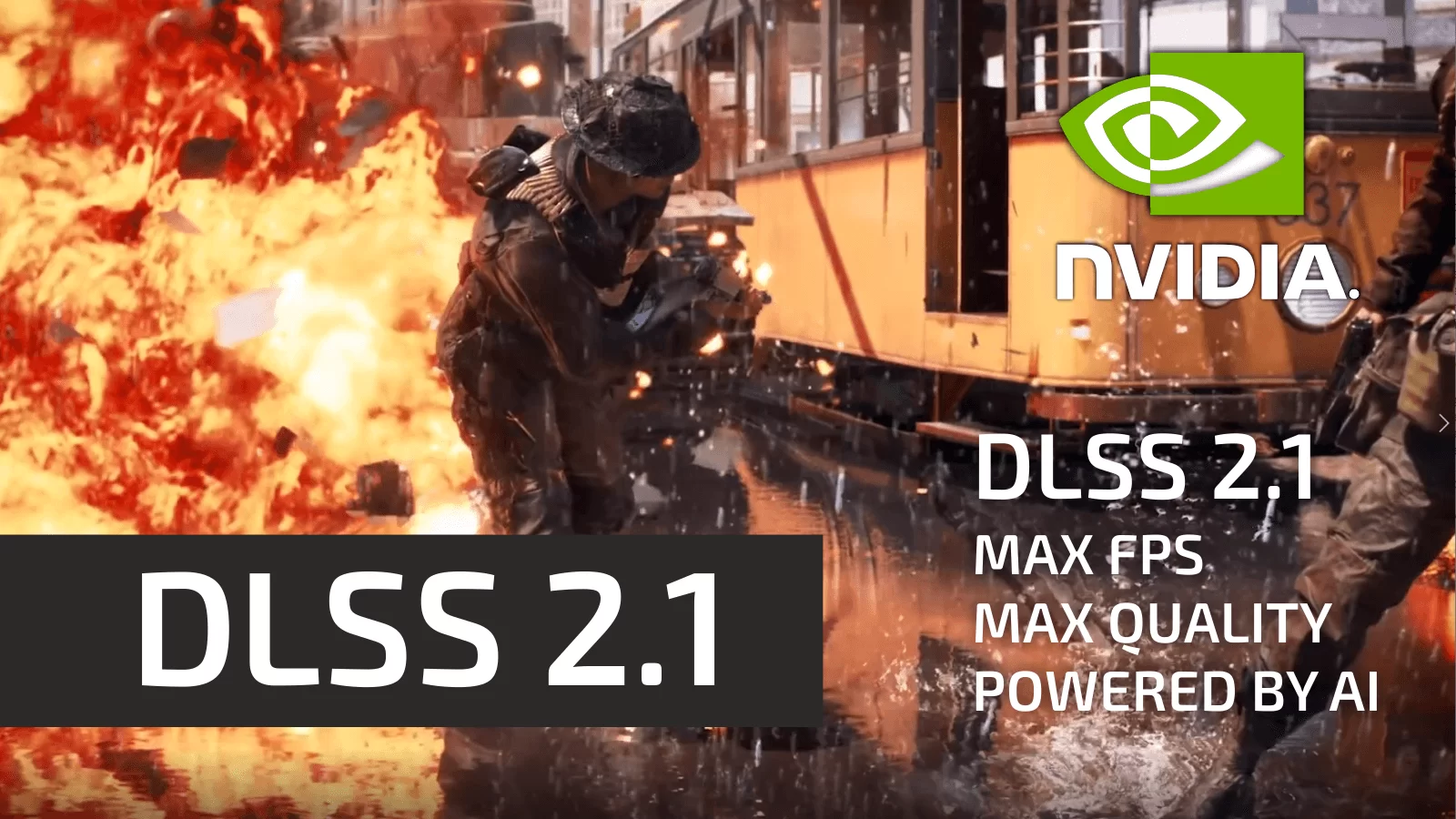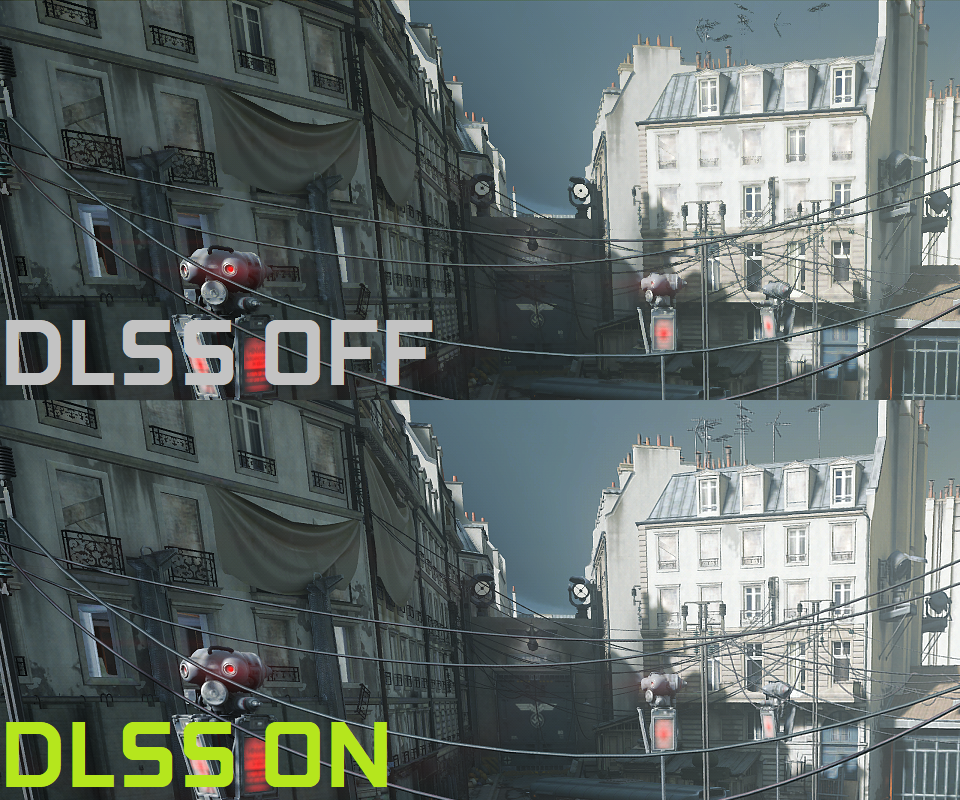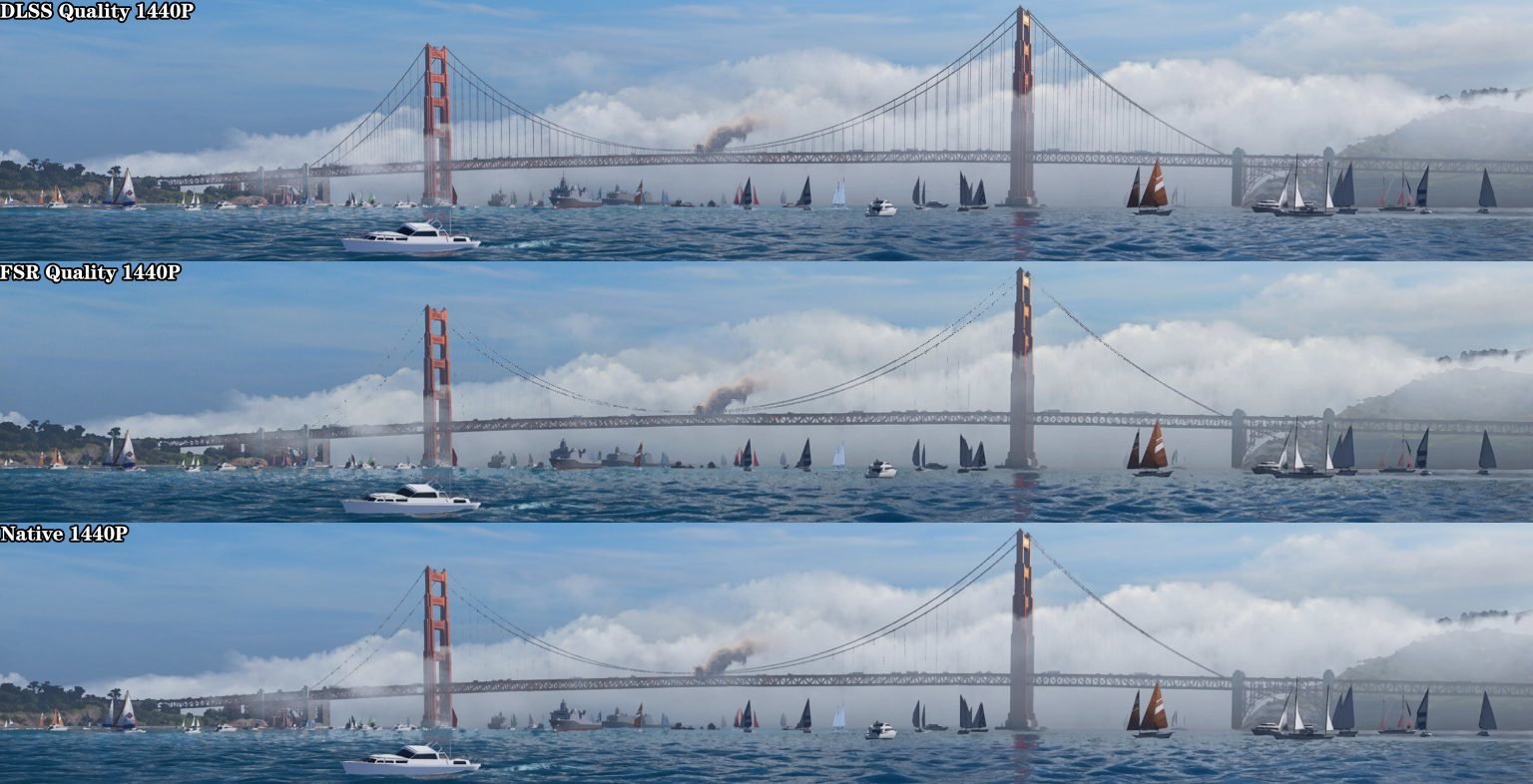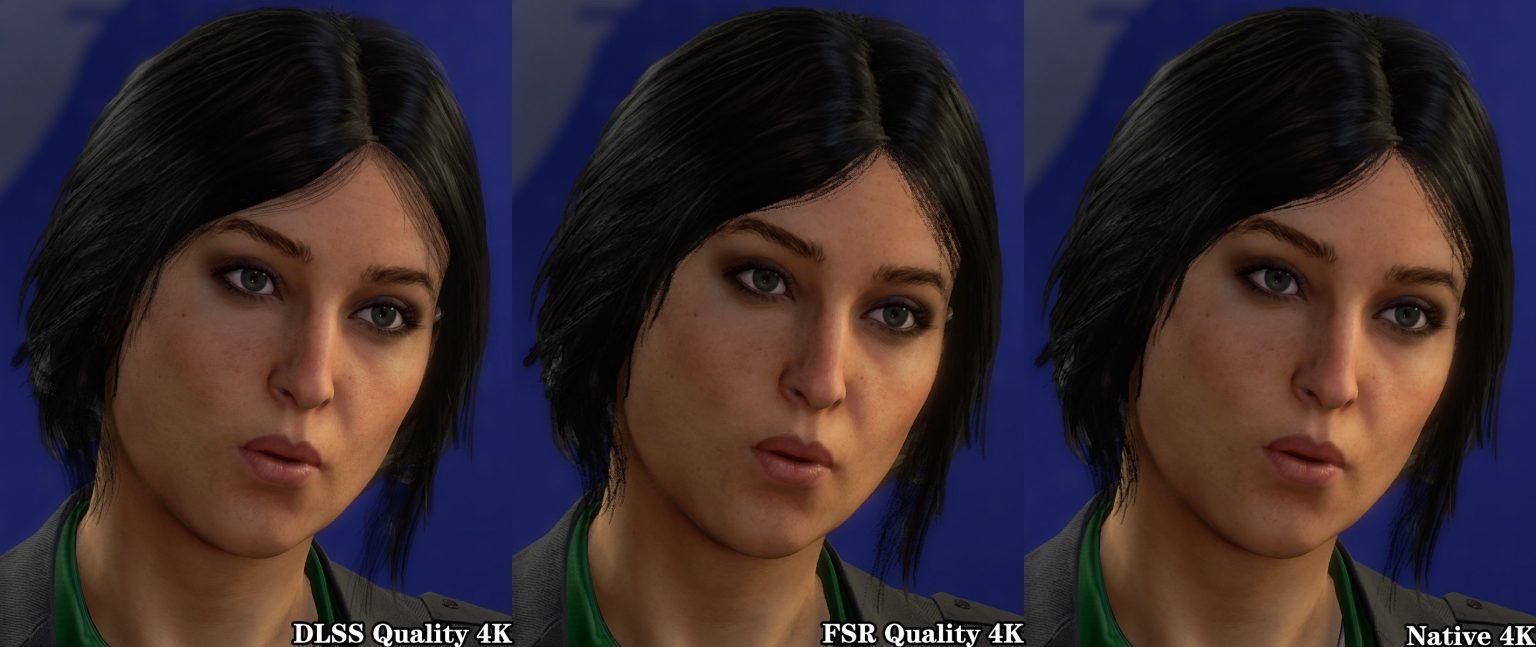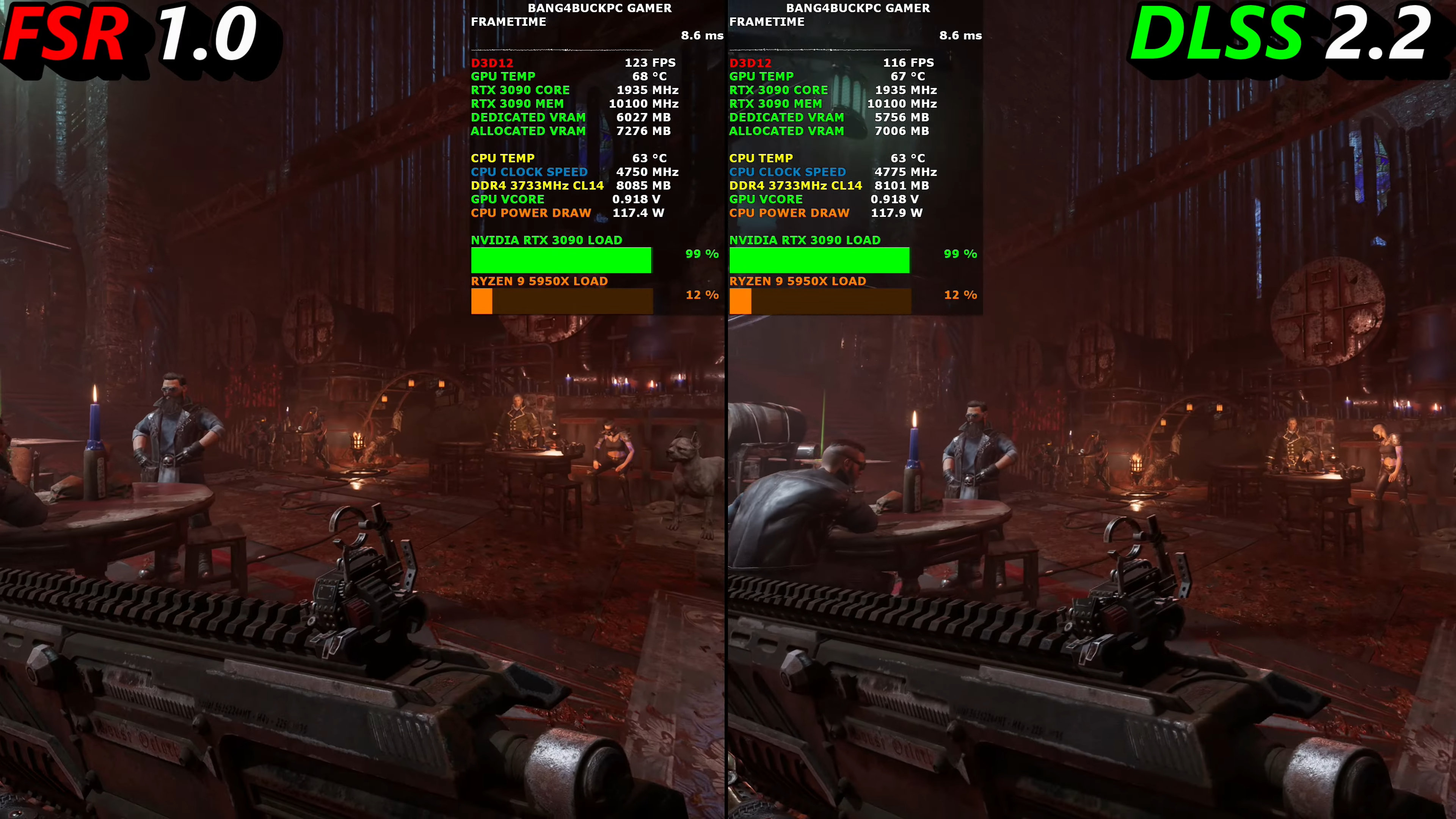Or maybe you are dumb those pics are from NVidias own website.
And the picture shows it compares itself to a 16k image.
This is the second time your tried to claim this bs. It's totally false.
They do use 16K images but in order to train a general model.
"The original DLSS required training the AI network for each new game. DLSS 2.0 trains using non-game-specific content, delivering a generalised network that works across games. This means faster game integrations, and ultimately more DLSS games."
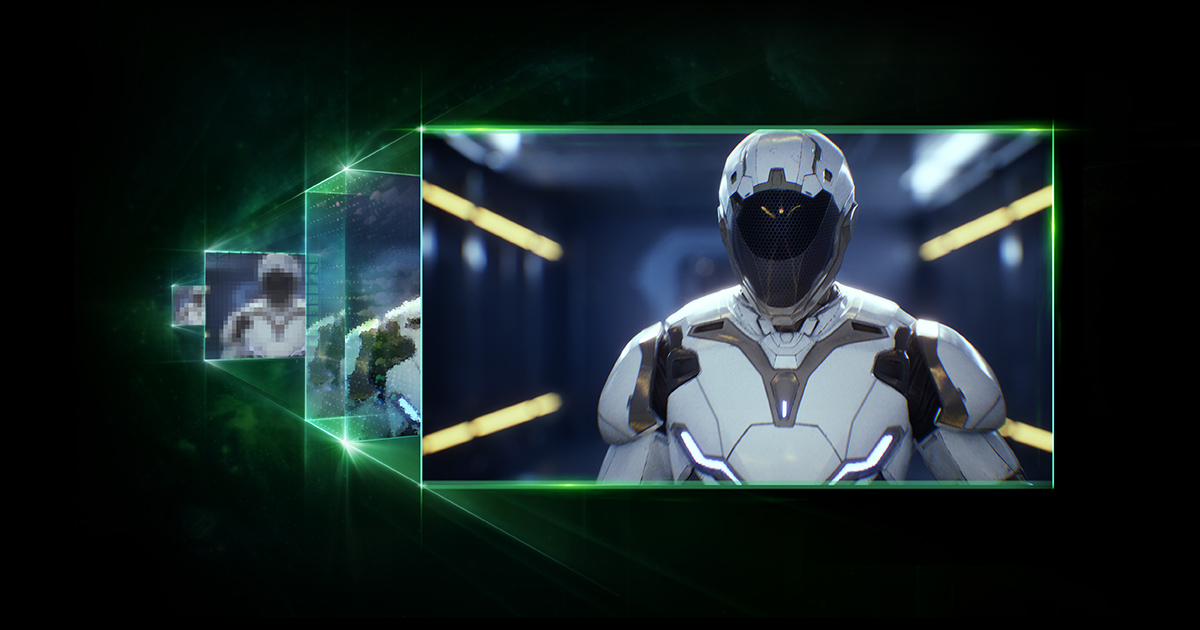
NVIDIA DLSS 2.0: A Big Leap In AI Rendering
Through the power of AI and GeForce RTX Tensor Cores, NVIDIA DLSS 2.0 enables a new level of performance and visuals for your games - available now in MechWarrior 5: Mercenaries and coming this week to Control.
www.nvidia.com



